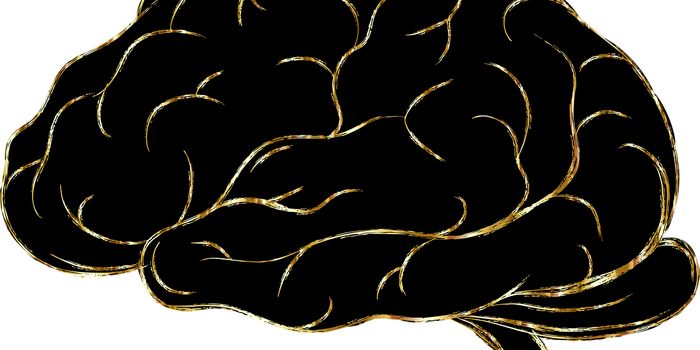Earlier this year, scientists made history when they discovered evidence of gravitational waves. Now researchers in the United Kingdom say the same technology that detected the atomic ripples in our space can be used to turn stem cells into bones in the lab.

Bones are complicated tissues in our bodies. They vary in size and shape, and even density. Thus when patients are stricken with diseases, like congenital deformities, or damage their bones by accidents, it can be exceedingly challenging for doctors to find and ‘install’ replacement parts. Even so, bone transplants are the second most common transplanted tissues, next to blood. Thus, finding alternatives to donor bone tissues is of great interest.
Researchers at the University of the West of Scotland (UWS) and the University of Glasgow (UG) began by observing that bones normally need some sort of physical stimulation to thrive. Just as our muscles can weaken and die from disuse, bones can erode without pressure or movement. This problem is most apparent for astronauts whose bones are weaker and more brittle from the weightlessness in space.
Normal movements and pressure keep bones healthy and growing – a process known as ‘bone loading.’ Thus, the team wondered whether they could stimulate stem cells with vibrations to induce the cells to turn into bone cells. Stem cells are undifferentiated progenitor cells that have the capacity to develop into many different types of tissues.
Indeed, the team used high frequency vibrations, called ‘nanokicking,’ to simulate bone loading. The technique turned the stem cells into bone producing cells, which can be transplanted into a site to fuse and heal the damaged bones.
"The bioreactor we have designed brings together fields of research from different ends of the spectrum: stem cell research on the building blocks of our bodies, to technology used to detect the ripples in space and time caused by the collisions of massive objects. It's amazing that technology developed to look for gravitational waves has a down-to-earth application in revolutionizing bone treatments for cleaner, safer and more effective therapy,” said Matt Dalby, professor at the University of Glasgow.
This method of bone transplant is different than conventional methods of transplanting a bone graft, organic or artificially produced, to the recipient. Rather than a structured piece of tissues, this technique relies on cells to fuse or heal a bone wound. But it’s also reasonable to think that the newly derived bone cells could also grow on a scaffold, which can then be transplanted into a patient who may require more extensive bone reconstruction.
There are other benefits to transplanting bone cells. First, this technique bypasses the need for expensive and potentially harmful drugs and growth factors commonly used to induce bone growth in the lab. Second, because the stem cells can come from the patient, the subsequent transplants won’t cause rejection as is common with donor tissues. And of course, regrowing bones with a patient’s own cells relieves the burden of finding compatible donors, and eliminates the need for painful harvesting procedures.
The team has their eyes on the prize: They hope lab-grown bone cells can be tested in human clinical trials within 3 years, and the therapy can be available to all patients within 10 years. Ultimately, they are looking to sidestep the transplant altogether and directly stimulate the patient’s fractures to heal without surgery.
Curious about gravitational waves? Here's an explanation:
Additional source:
MNT


![[Guide] 7 Strategies to Boost Laboratory Collaboration](https://d3bkbkx82g74b8.cloudfront.net/eyJidWNrZXQiOiJsYWJyb290cy1pbWFnZXMiLCJrZXkiOiJjb250ZW50X2FydGljbGVfcHJvZmlsZV9pbWFnZV83YzBjZWIwM2Y5YzI4MmFlYzBhZDZhMTcyNTQ1ZGU3YmE4Y2MzMDYyXzUxNDkuanBnIiwiZWRpdHMiOnsidG9Gb3JtYXQiOiJqcGciLCJyZXNpemUiOnsid2lkdGgiOjcwMCwiaGVpZ2h0IjozNTAsImZpdCI6ImNvdmVyIiwicG9zaXRpb24iOiJjZW50ZXIiLCJiYWNrZ3JvdW5kIjoiI2ZmZiJ9LCJmbGF0dGVuIjp7ImJhY2tncm91bmQiOiIjZmZmIn19fQ==)






